Byte Paradigm collected data over a period from 2009 to 2011 from a population of more than 350 engineers involved in embedded system design. What did the engineers say?
A digital pattern generator would save my time when testing embedded systems
"Actually, we have found a small bias with the above results, as a significant part of our respondents are already Byte Paradigm's customers. We think that having a preliminar experience with digital pattern generators or other of our products may explain the high number of respondents in favor of DPGs for speeding up the testing and debugging process." - Says Frederic Leens at ByteParadigm.
This said, there is a remarkable split between the ones clearly agreeing with the above statement, and the ones 'somewhat agreeing' with it. We investigated the answers of these last ones -here is what they say:


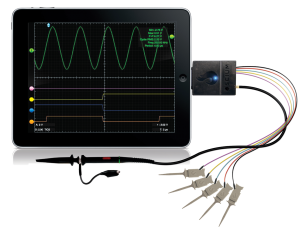
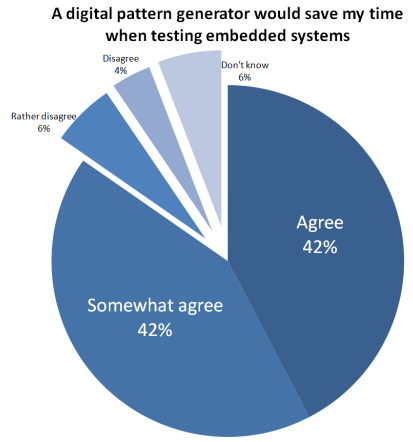
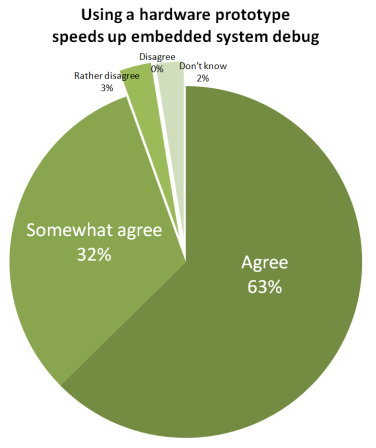
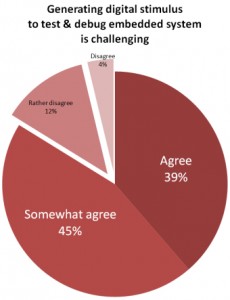


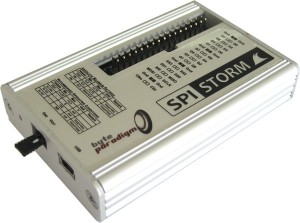
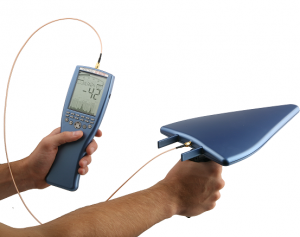



Tagged Test & Measurement News
| Leave a reply